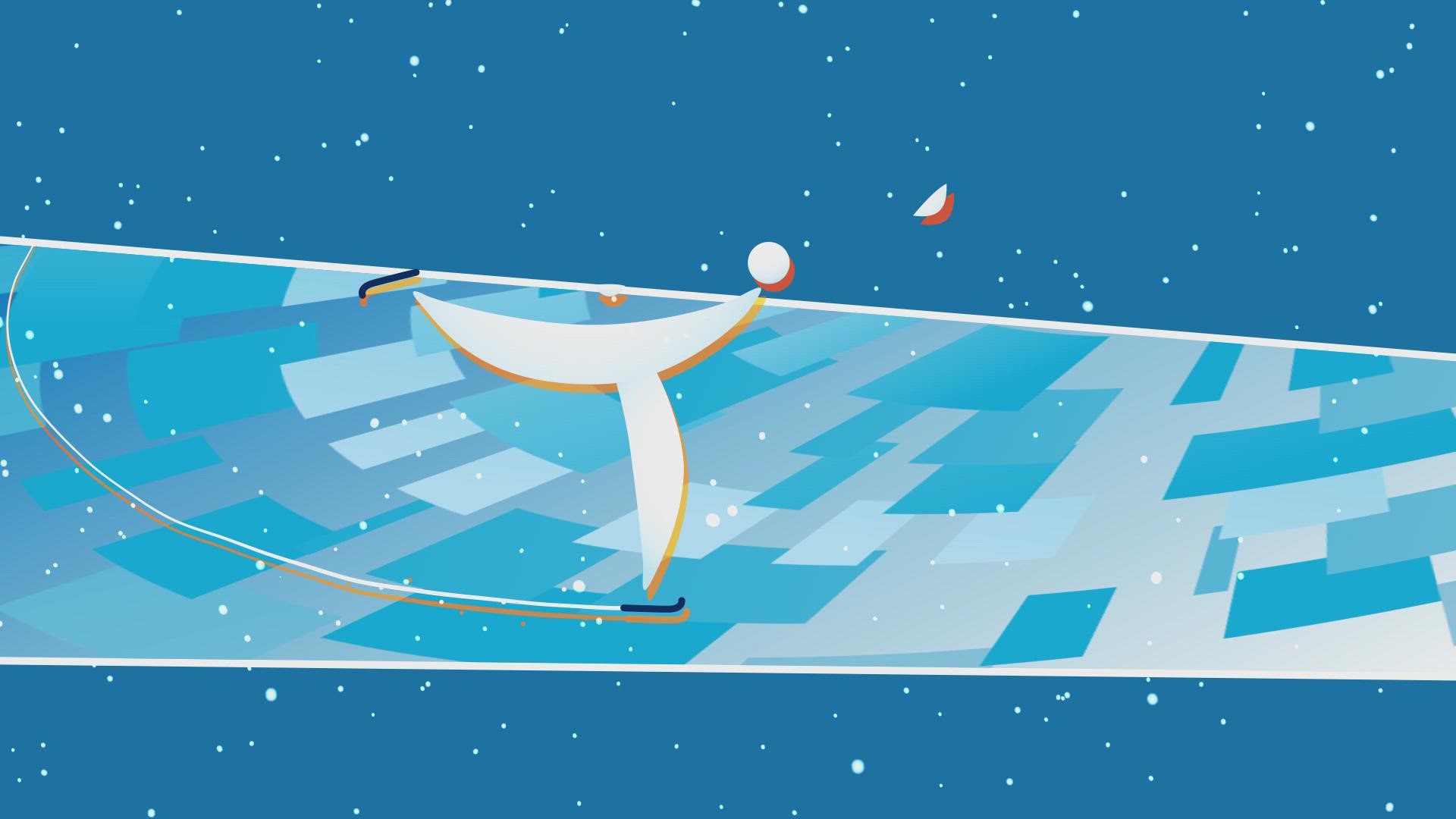BEIJING, China — If you've been watching figure skating at the Beijing Olympics, you've probably heard the terms "short program" and "free skate" used to describe the different portions of the competition.
But what is the difference between the two?
The most obvious is the length of time each program lasts.
All short programs are limited to 2 minutes, 40 seconds, according to NBC Olympics. The free skate is longer. For women, the free skate is four minutes long. For men and pairs, the free skate is 4 minutes, 30 seconds. There is a 10-second grace period allowed for each of those time limits.
There is also a difference in what elements the skaters are required to put into their programs.
During the short program, there are specific elements the skaters must include.
For single competition, there are seven elements that are required, according to the International Skating Union (ISU) figure skating rulebook. They are slightly different for men and women.
This year, the men's short program required elements are:
- Double or triple axel paulsen
- Triple or quadruple jump
- Jump combination consisting of a double jump and a triple jump or two triple jumps or a quadruple jump and a double jump or a triple jump
- Flying spin
- Camel spin or sit spin with only one change of foot
- Spin combination with only one change of foot
- Step sequence fully utilizing the ice surface
> Below: Nathan Chen's Olympic short program
The women's short program required elements are:
- Double or triple axel paulsen
- Triple jump
- Jump combination consisting of a double jump and a triple jump or two triple jumps
- Flying spin
- Layback/sideways leaning spin or sit or camel spin without change of foot
- Spin combination with only one change of foot
- Step sequence fully utilizing the ice surface
Pairs skaters also must include seven specific elements in their short program:
- Any hand to hand lift take-off
- Twist lift (double or triple)
- Throw jump (double or triple)
- Solo jump (double or triple)
- Solo spin combination with only one change of foot
- Death spiral backward outside
- Step sequence fully utilizing the ice surface
Instead of having specific required elements for the free skate, athletes have more flexibility to put together a program consisting of different numbers of jumps, spins and steps. There are just a maximum number of each element that a skater can include in the program.
For men's and women's programs, these limits are:
- A maximum of seven jump elements (one of which must be an axel type jump)
- A maximum of three spins, one of which must be a spin combination, one a flying spin or a spin with a flying entrance and one a spin with only one position
- A maximum of one step sequence
- A maximum of one choreographic sequence
For pairs free skate programs, the limits are:
- A maximum of three lifts, not all from the same group, with full extension of the lifting arm/s;
- A maximum of one twist lift
- A maximum of two different throw jumps
- A maximum of one solo jump
- A maximum of one jump combination or sequence
- A maximum of one pair spin combination
- A maximum of one death spiral different from the death spiral of the Short Program
- A maximum of one choreographic sequence
SUGGESTED VIDEOS: Beijing Olympics Games

